See, on Apple TV Plus, is set in a distant future where a deadly virus has decimated humankind. Those who survived emerged blind and have since rebuilt a society around new ways to interact, hunt, fight, and ultimately survive. Jason Momoa stars as Baba Voss, a tribal leader and the father of twins miraculously born with the mythic ability to see, who must now protect his children against a powerful and desperate queen who wants them destroyed.
Besides its incredible setting and unique vision of a post-apocalyptic future, the thing that really makes this series stand out is just how much care and attention is taken to ensure both accuracy and accessibility. From the very start of production, blindness consultant Joe Strechay has been there, ensuring that the series is exact In its depiction of a world shaped by blindness, as well as guiding the showrunners on casting blind and low-vision actors, and responding to concerns raised on set by those in the community.
Strechay has previously worked on Netflix’s Daredevil and The OA, but this was the first time he’s been involved in a a project that has been so immersive and inclusive with regards to blindness.
In this Goggler exclusive, we caught up with Joe via Zoom for a quick conversation regarding his experiences on See.
Umapagan Ampikaipakan: Before I get to my question, I wanted to say this to you. That third episode corridor fight scene in Daredevil, I don’t know if you had anything to do with that, but if you did, thank you very much. It’s the best. It’s everything.
Joe Strechay: *laughs* Oh yes. That was an incredible fight scene.
UA: Okay, let’s go back to Season 1 of See, to that enormous fight sequence in the first episode, how did they go about choreographing and designing something like that, keeping in mind that everyone is blind, while still trying to keep it cool and visceral?
JS: Yeah, that wall fight was pretty epic, and we spent months working with our stunt team, our stunt choreographers and fight choreographers, designing the world of See, and building it out. They really cared about, and thought creatively about, how you could keep track of people using the sound around you. And and we built that into the scene. You’ll see little moments of echolocation, whether it’s the tapping of swords, or the movement of individuals, and they’re all listening and recognizing it. And you’ll see it even more so as you go through Season 1 and then into Season 2, where we took it to a whole different level.
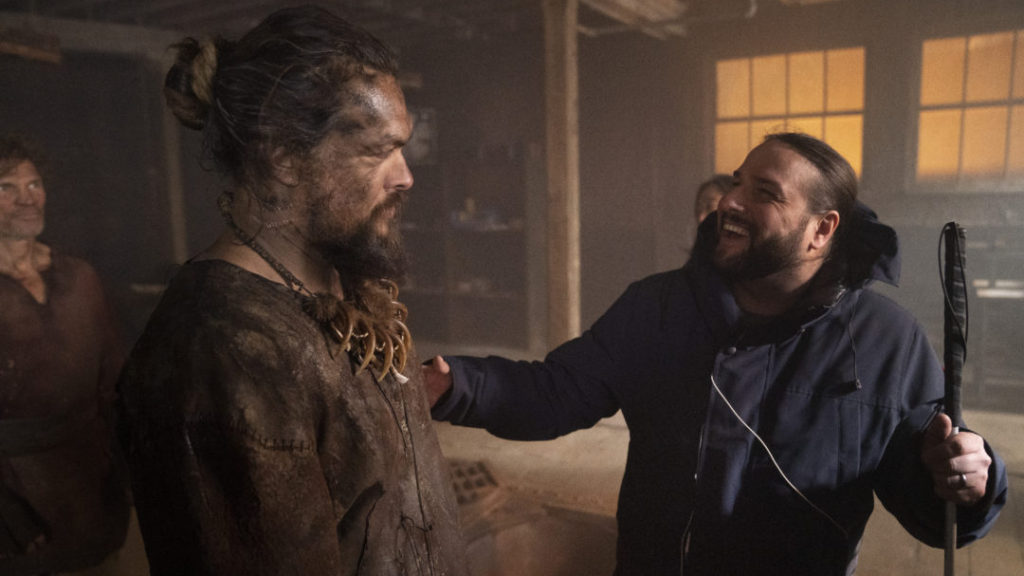
UA: I was watching this other movie on Apple TV Plus recently called CODA, and it was amazing how much care they took to integrate deaf culture into the design of the movie. What was it like on See and can you talk to me about some of the small details that we might have missed while watching the show?
JS: So, I was a blindness consultant for The OA and for Marvel’s Daredevil and in those shows I had one character who is blind or had low vision. Those characters also had sight prior to losing their vision. In the case of See, it’s a world where all these people have been blind for generations. Designing that world requires you to think about creating spaced and technology specifically for individuals who are blind or low vision.
We have such an amazing art department. We have such an amazing props department. And you’ll see their fingerprints and their creativity all over the show. There’s a bar in one of the worlds and there’s a place where characters can notch their staffs right into the edge of the bar. There are all kinds of little aspects built into the world, whether it’s the the guide wires that are similar to the raised lines or dots that you have when you travel abroad, whether in Malaysia, or in Japan, or parts of Europe. You’ll see many different aspects, whether it’s a scaffold on the side of a horse or saddle, or something like a liquid level identifier that was developed for hot tea that strains the tea as you pour it.
UA: In the years since Season 1 has been out, what has the response been from the blind community? How important is something like See for them?
JS: I think our show is very unique and special to the blind community. We spend a lot of time, and thoughtfulness, and consideration reaching out to them and getting input. And I think that it really shows. But it also shows in the opportunities that it’s creating, whether it’s actors who are blind or low vision getting those opportunities, or whether it’s the people that work on our show who end up going on to other shows and are now believers in inclusion and accessibility for persons who are blind or low vision. Our showrunner from Season 1 moved on to do The Old Man on FX and he brought on an actor who is legally blind from our show, and also one of the actors who has ALS.
So I think our show is bigger than what everyone might think it’s about. The content is amazing and we’re so lucky to be working in a world where we can be creative and paint a picture like this. But we’re also lucky because we’re getting to create opportunities for persons with disabilities and change perspectives.

UA: Before I let you go, I was hoping you could talk to be about the how the on set interactions and choreography works between sighted actors and those who are blind or have low vision. How does that work?
JS: Great question. So our director Anders Engström and I are super close and we watch every scene together. We developed this relationship during Season 1 while filming Episodes Four and Five, and we took it to a whole different level in Season 2. We were committed to really making Season 2 even better.
And so I’m there helping to block every scene. But, you know, when we have actors who are blind or low vision, we’re there providing input. Anders believes in a very organic atmosphere, he wants the actors to read through the scene and we sit there, him and I, with the actors, as they do it. Then we try to figure out first mark, last mark, and then the shots around that scene. He wants it to have that reality to it, that authenticity that those actors who are blind or low vision bring. So we’re very lucky to have them, as well as our cast who are sighted who learn from them. They learn from me. They learn from all of our experiences over the last three years.

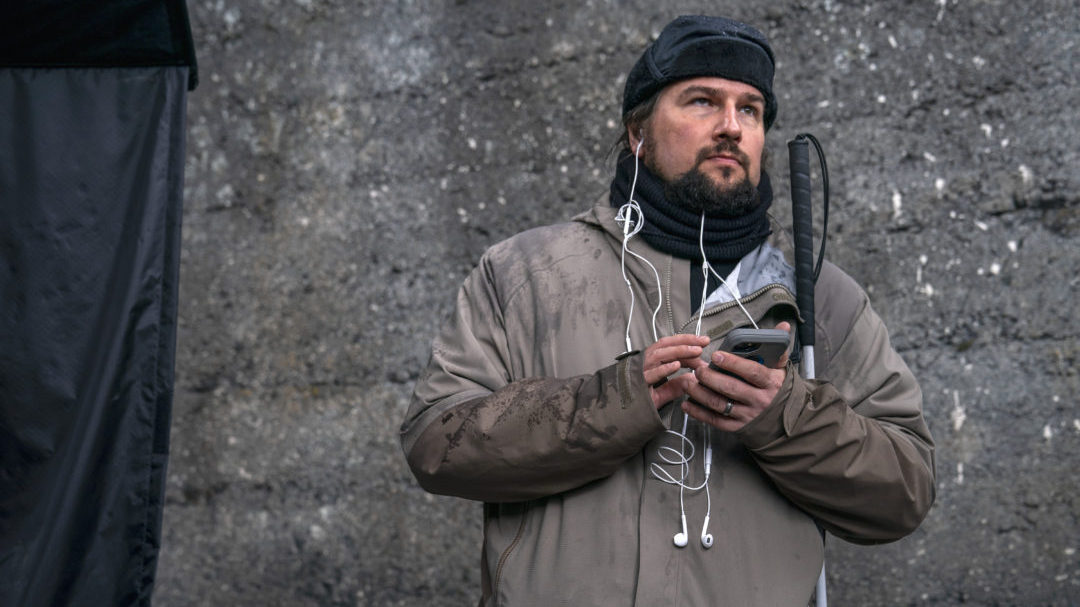

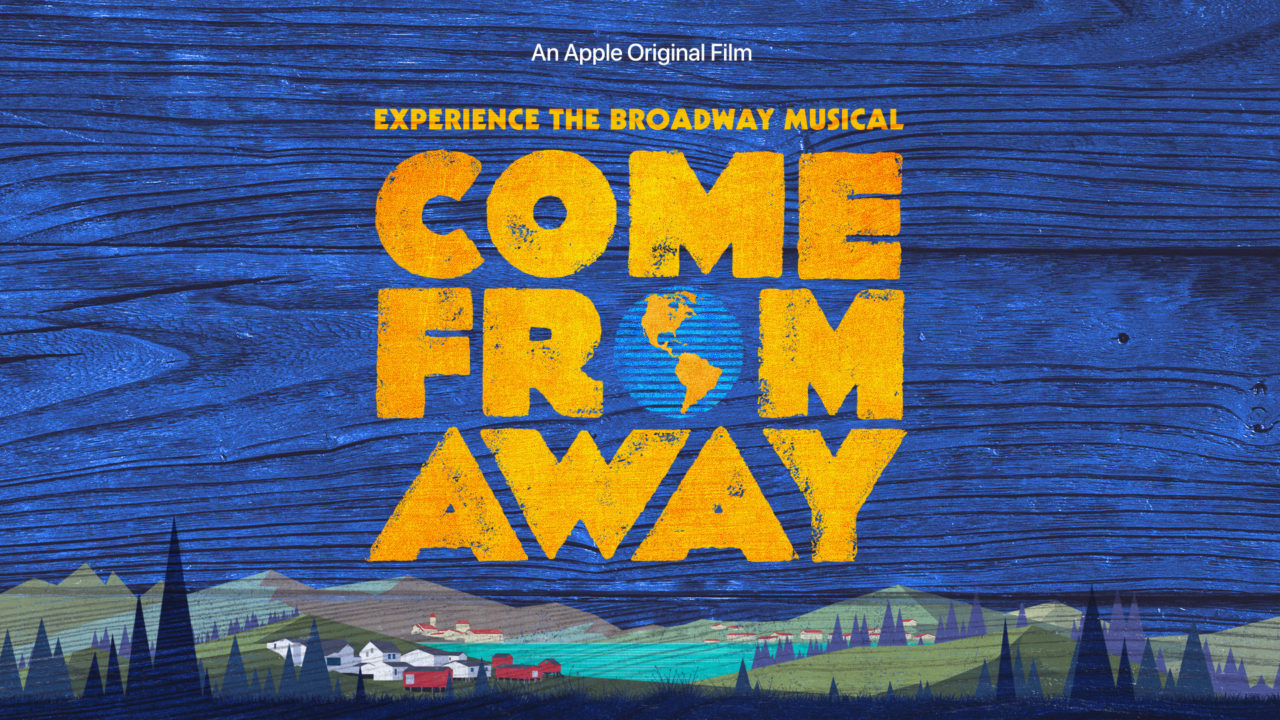
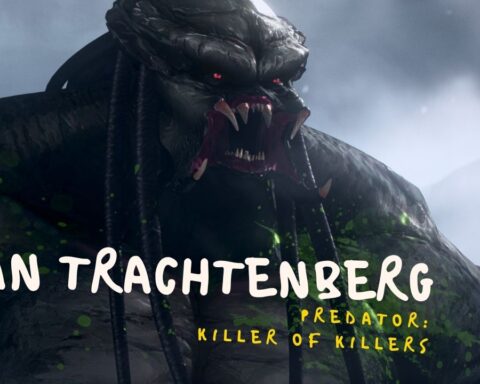
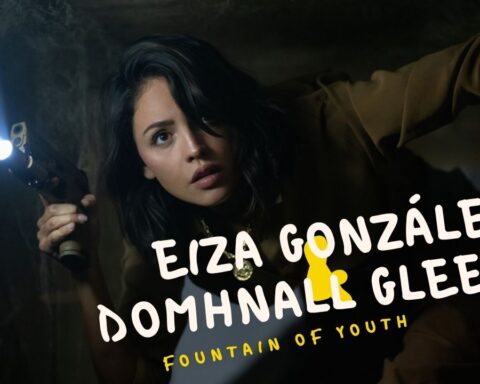
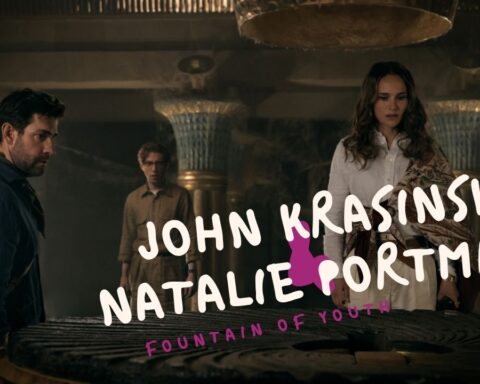
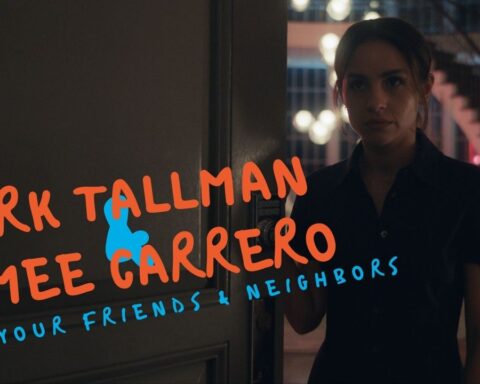
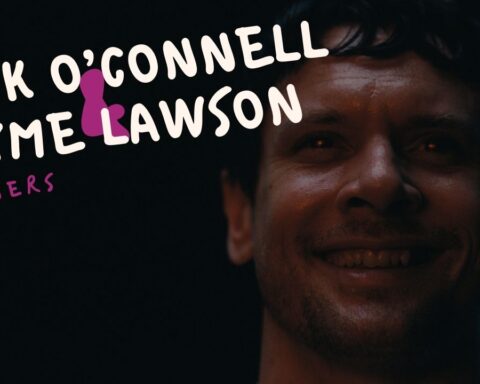
Follow Us